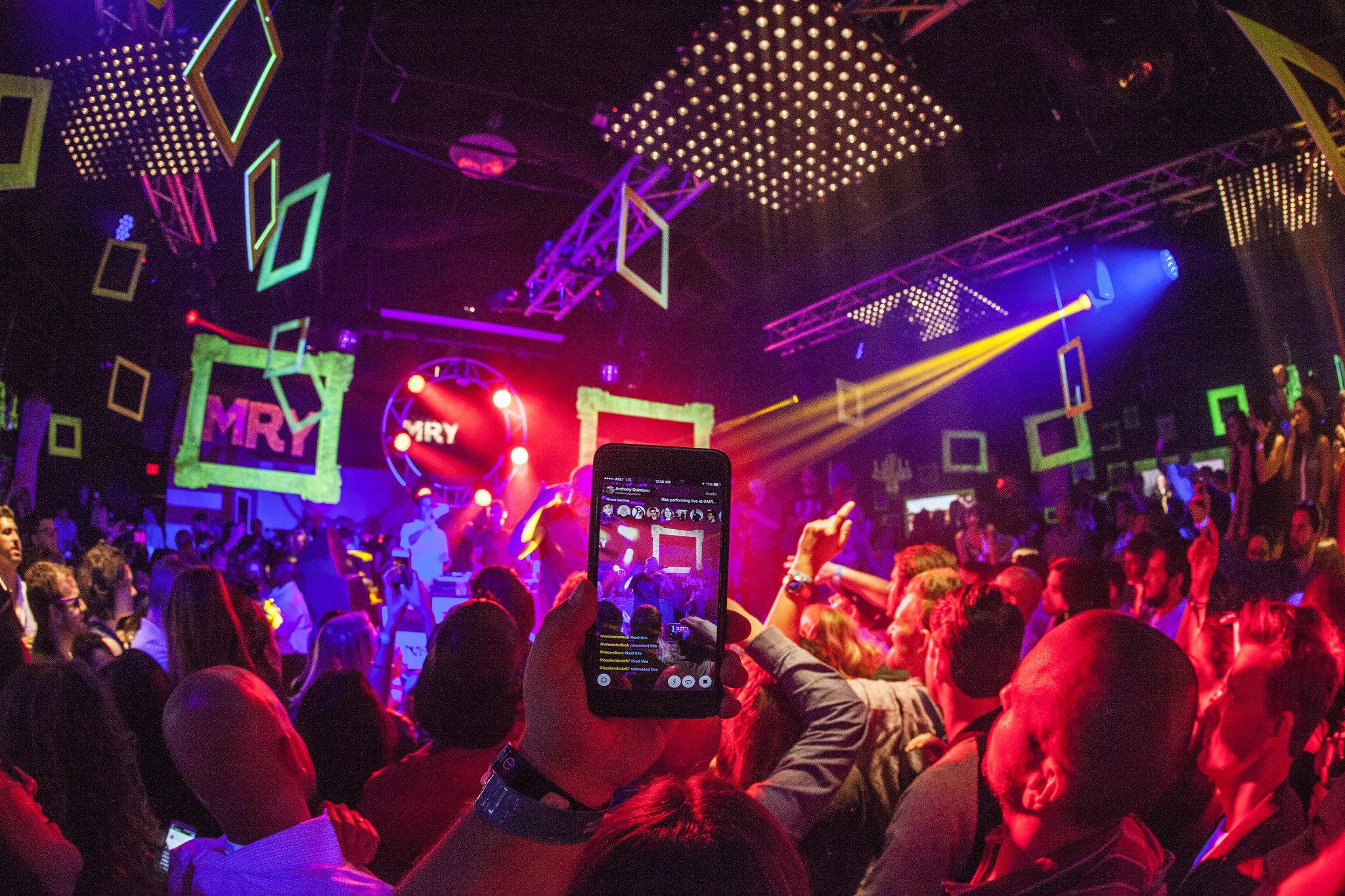by Phil Huzzard | Jul 21, 2020
The Experience Economy and what it means to marketers
2 minute read
The theory of The Experience Economy was the subject of a 2011 book by Joseph Pine II and James H. Gilmore. It makes the point that, in a world of increasingly perfect competition and commoditisation, consumers are shortcutting detailed decision-making processes to buy experiences that align with their values and beliefs. And for the right experiences, they’ll pay a premium.
Central to the theory is that succeeding in the Experience Economy calls for the creation of customer or user experiences that are choreographed in a form not unlike that of movies or theatre – complete with producers and directors.
For today’s marketer, that means the days of features and benefits advertising may be coming to an end. Sometime soon, one of your competitors is going to ‘nail’ an experience that leaves you looking irrelevant. Get it right and you could be the segment disruptor.
But it’s not a quick fix or magic wand. Selling experiences begins at the top of your sales or engagement funnel and touches every interaction you make for the lifetime of the customer. Each touch point needs to be mapped and re-framed to form part of a seamless experience that demonstrates mirrored values at every stage.
Another big feature of the Experience Economy is mass customisation. That involves creating experiences that can be quickly and cost effectively adapted to suit the needs and circumstances of individual customers.
Want to know more about how the you can succeed in the Experience Economy? Email Phil Huzzard and we’ll show you practical ways to begin the transition.






